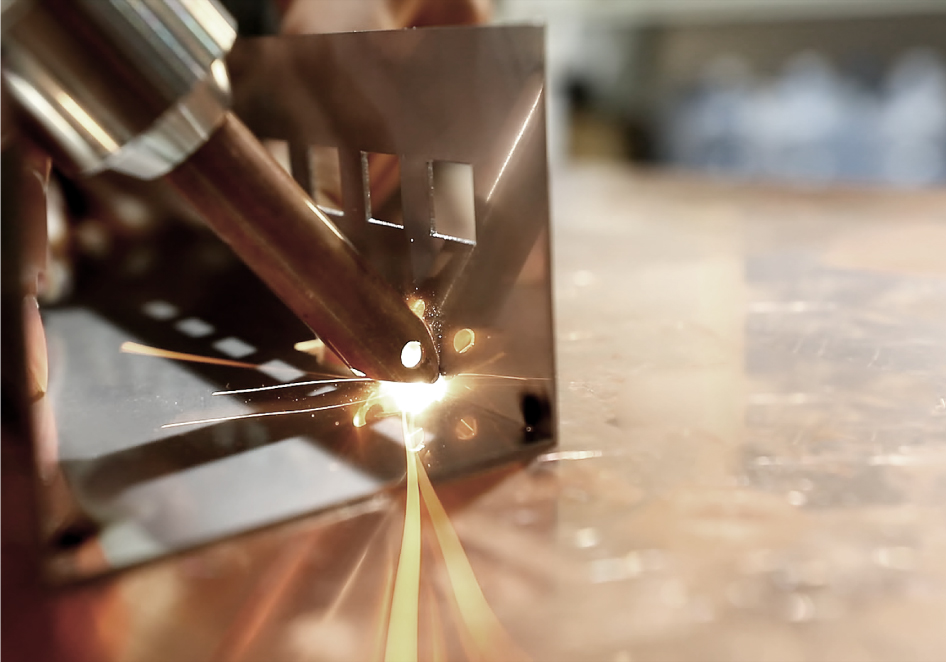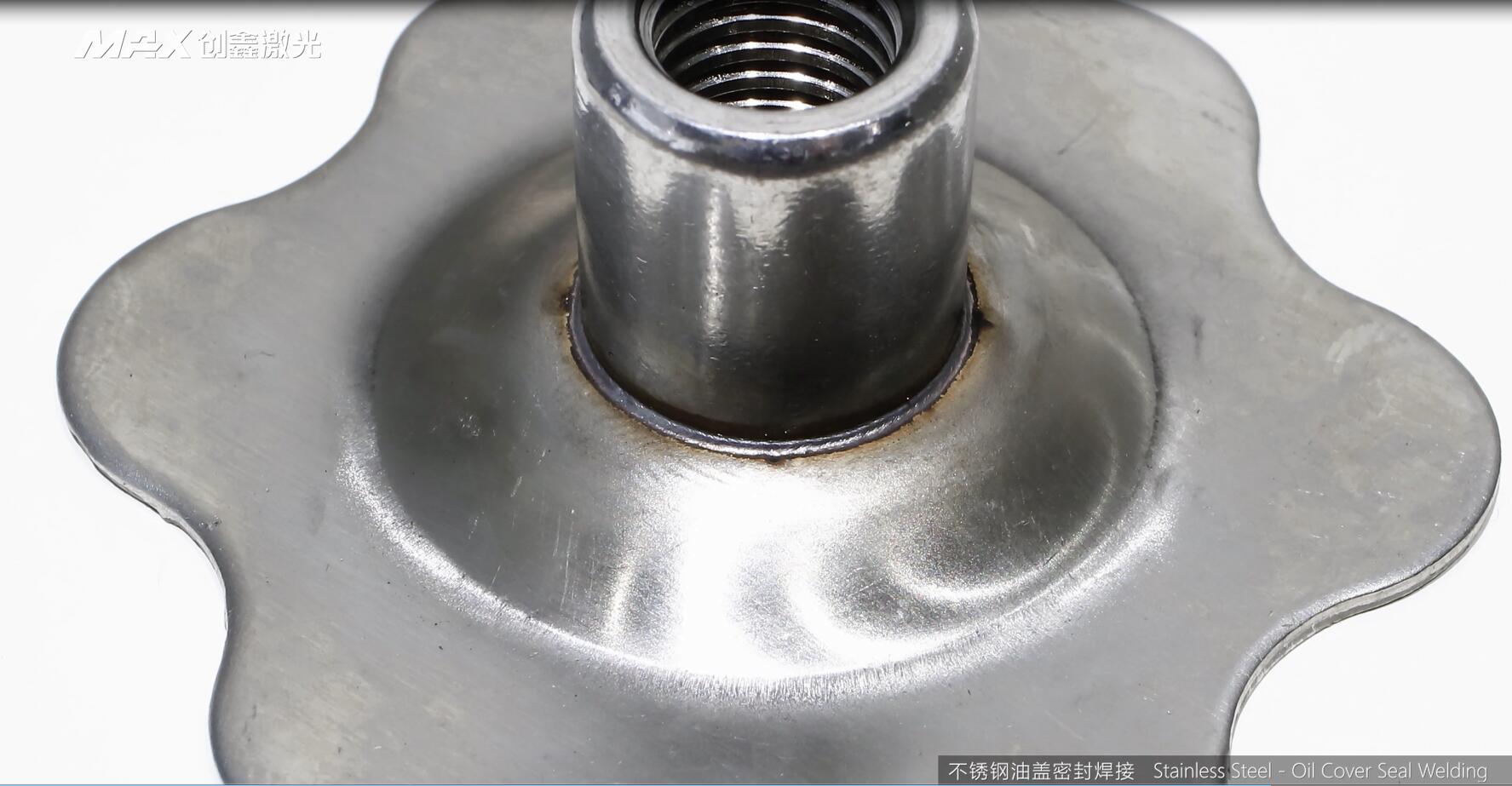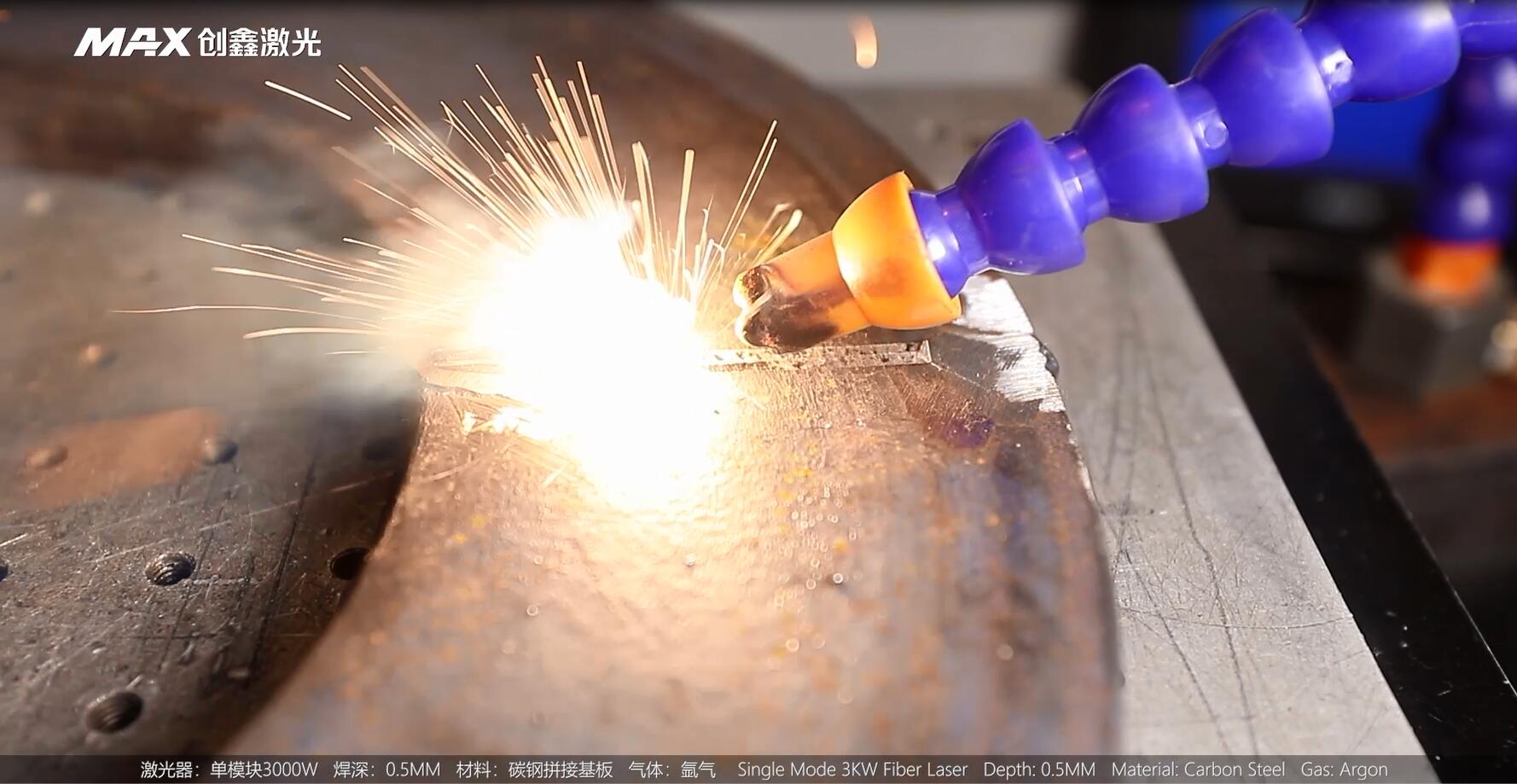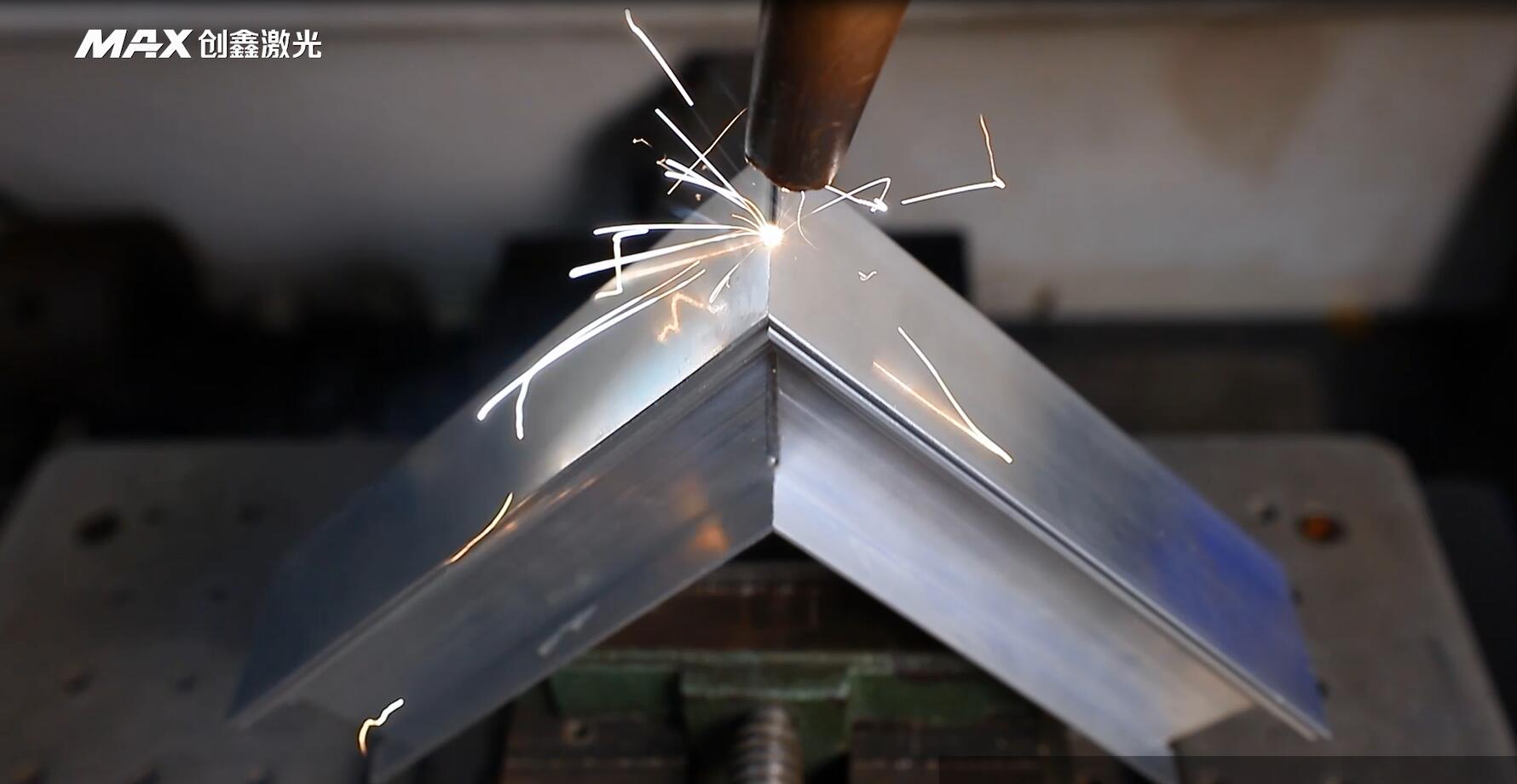Laser welding
Laser welding
Laser welding is by now a proven and reliable joining technology and similar to laser cutting the energy input is by a laser beam. Laser welding is especially used to join components, which needed to be welded with a high welding speed, slim welding seam and with low thermal deformation. This joining methode ususally doesn’t need filler material. It’s fields of applications go from welding of gear- and car body components to manufacturing of pacemaker housings.
Advantages of laser welding vs. traditional welding processes at a glance:
- No tool-wearing, contact-less working
- Various types and thicknesses of materials are laser-weldable
- Low thermal impact on the workpiece due to short dwell time and heat affected area of the laser
- High welding speeds and at the same time high welding seam quality and almost no post-processing required – even at filigrane components
- High suitability for automation and high process stability
For metal laser welding typically CW fiber lasers respectively QCW fiber lasers (micro welding) from Maxphotonics are recommended. Appropriate laser welding optics are being offered by our partner RayTools for various laser powers and applications.






